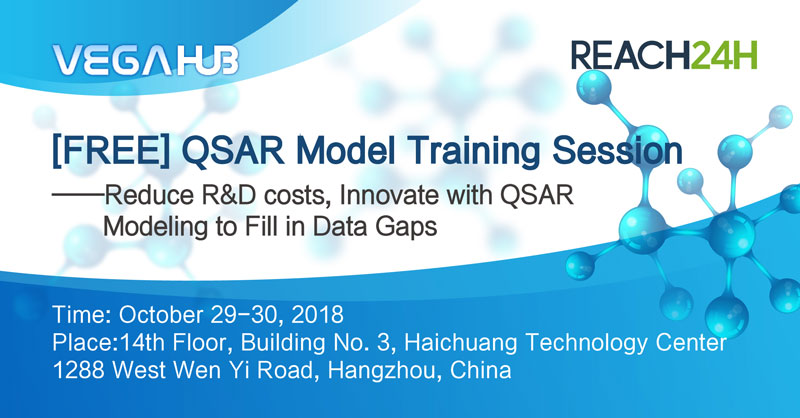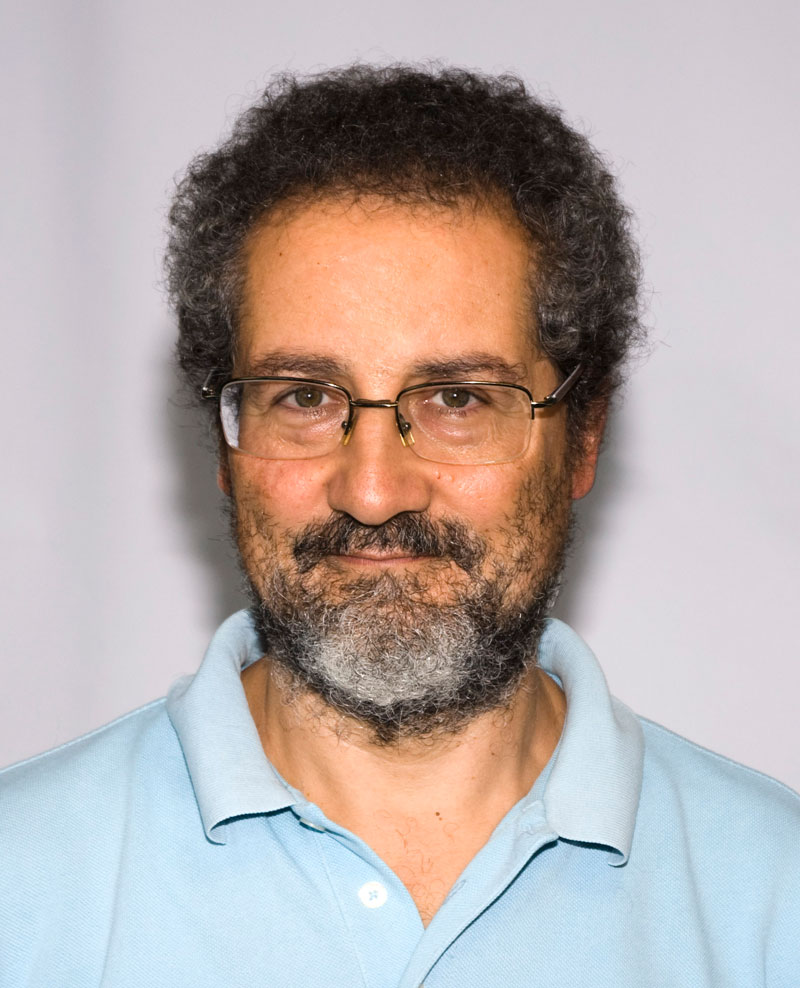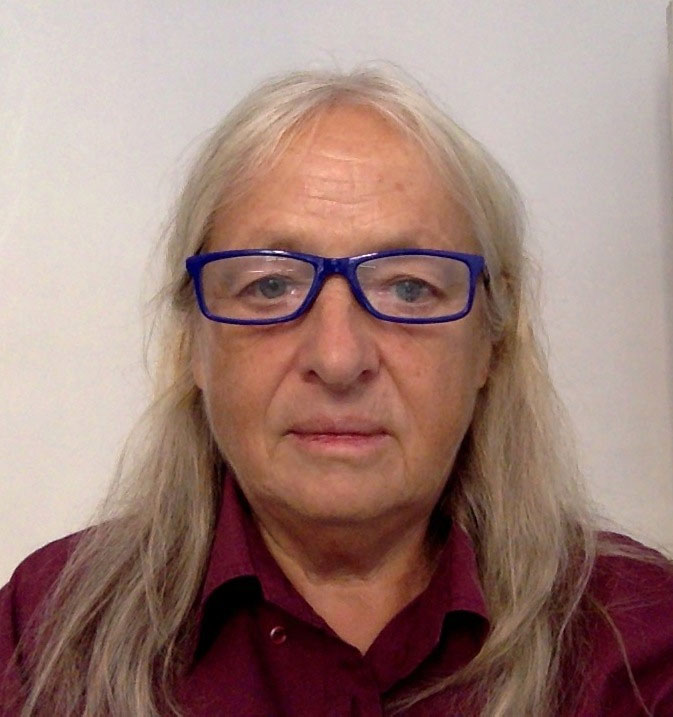REACH24H and VEGA HUB Celebrate New Partnership with Joint QSAR Model Training Session
Oct. 29th, 2018
Hangzhou

With the development of computer technology and the high concern for 3Rs principles aimed at enhancing animal welfare in testing, (Quantitative) Structure-Activity Relationship QSAR has become a widely used principle in the fields of chemicals, daily chemicals, pesticides, disinfectants, etc. By decreasing testing and R&D costs, as well as shortening the registration cycle, the QSAR method represents a primary source for companies to analyze data gaps. At the same time, due to the large number of domestic and foreign regulatory agencies that recognize this model, QSAR was increasingly found room for application in R&D, risk assessments, regulations and evaluation tasks.
VEGA has developed 50 models for predicting the toxicological properties of compounds including physicochemical, toxicological, ecotoxicological, and environmental behavior. The main models and tools include: VEGA QSAR, ToxRead, JANUS, PROMETHEUS, SARpy, ToxWeight, ToxDelta, CORAL, VEGA based tools, SOM Tool, which predictions can be used to meet EU REACH, EU BPR, cosmetics and food regulatory demands.
VEGA Hub excellence in the field of property evaluation of chemicals at a global level determined REACH24H’s interest in partnering up to extend its high qualified technical resources to its clients. Thus, in order to celebrate this new formed partnership, establish a communication platform for enterprises, regulators, laboratories, research institutes and other stakeholders and allow them to better understand the QSAR model, assisted by VEGA Hub, REACH24H will hold a training session to further promote the QSAR model on the VEGA platform. By supporting QSAR at R&D, regulatory, risk assessment and review levels we can promote a wider use of non-test methods at the regulatory level.
Course Overview
- Background introduction and theoretical basis of the QSAR model
- Practical examples of common QSAR models in toxicology and ecotoxicology
- Introduction to the VEGA platform, including the Read-Across application – ToxRead model for PBT substance priority screening system – JANUS system
- Case demonstration of VEGA and ToxRead models
Guest QSAR Experts

Dr. Emilio Benfenati
Head of the Laboratory of Environmental Chemistry and Toxicology at the Mario Negri Institute, Milan, Italy.
Researcher, Stanford University, USA
Dr. Emilio Benfenati specializes in toxicity and environmental modeling, molecular descriptors, QSAR, toxicity prediction, contamination and risk assessment. He is a leading R&D member of VEGA, ToxRead and other models which have been used by several European institutions such as ECHA and EFSA. He has coordinated more than 20 European projects and has participated in over 50 projects, many of which involved toxicity and environmental models.
Dr. Benfenati has authored/co-authored 350 international papers, and contributed as organizer of the SETAC 2011 conference (2350 participants) and QSAR 2014 (200 participants).

Professor Giuseppina Gini
Associate Professor, Department of Electronics, Information, and Bioengineering, Politecnico di Milano, Italy.
Professor Giuseppina Gini has worked in Stanford University and SRI International’s Artificial Intelligence Laboratory and Nuclear Magnetic Resonance Laboratory. Since 1987, she has been an Associate Professor in the Department of Electronics, Information, and Bioengineering at the Polytechnic University of Milan. Professor Giuseppina Gini’s research covers a wide range of topics, including computational intelligence, knowledge representation, machine learning, mathematical modeling and its applications. She developed a free software for QSAR (SARpy) and models for various endpoints, especially mutagenicity.
Professor Giuseppina Gini is also the author/co-author of more than 280 international journal articles and is the editor of two books. Since 1985, she has served as a Principal Investigator for approximately 30 international and national research projects (from NATO, EU, CNR, MURST) and served as coordinator for one of the projects.
Agenda
** The Training will be conducted in English, please be reminded to bring your personal laptop to practice.


Contact Us
Tel: +86-571-89716533
Email: customer@reach24h.com
|
October 29, 2018 |
|
||
|
Time |
Topic |
|
|
|
8:45-9:15 (30 min) |
Introduction to in silico models |
|
|
|
9:15-10:15 (1 hour)
|
Theoretical framework: chemical format, link with environmental and toxicological properties, chemical descriptors, the algorithms (Part 1) |
|
|
|
Coffee Break |
|
||
|
10:30-12:00 (1.5 hours) |
(Continuation of Previous Topic) Theoretical framework: chemical format, link with environmental and toxicological properties, chemical descriptors, the algorithms (Part2) |
|
|
|
Lunch Break |
|||
|
13:15-14:30
|
|||
